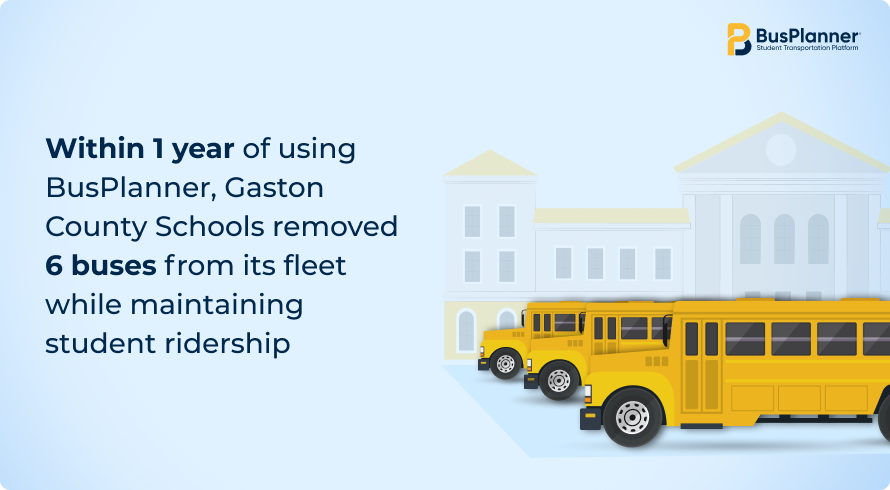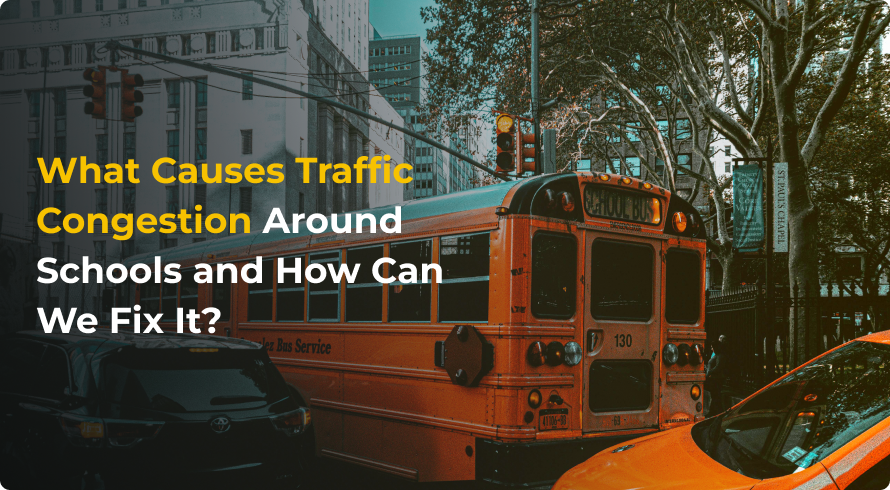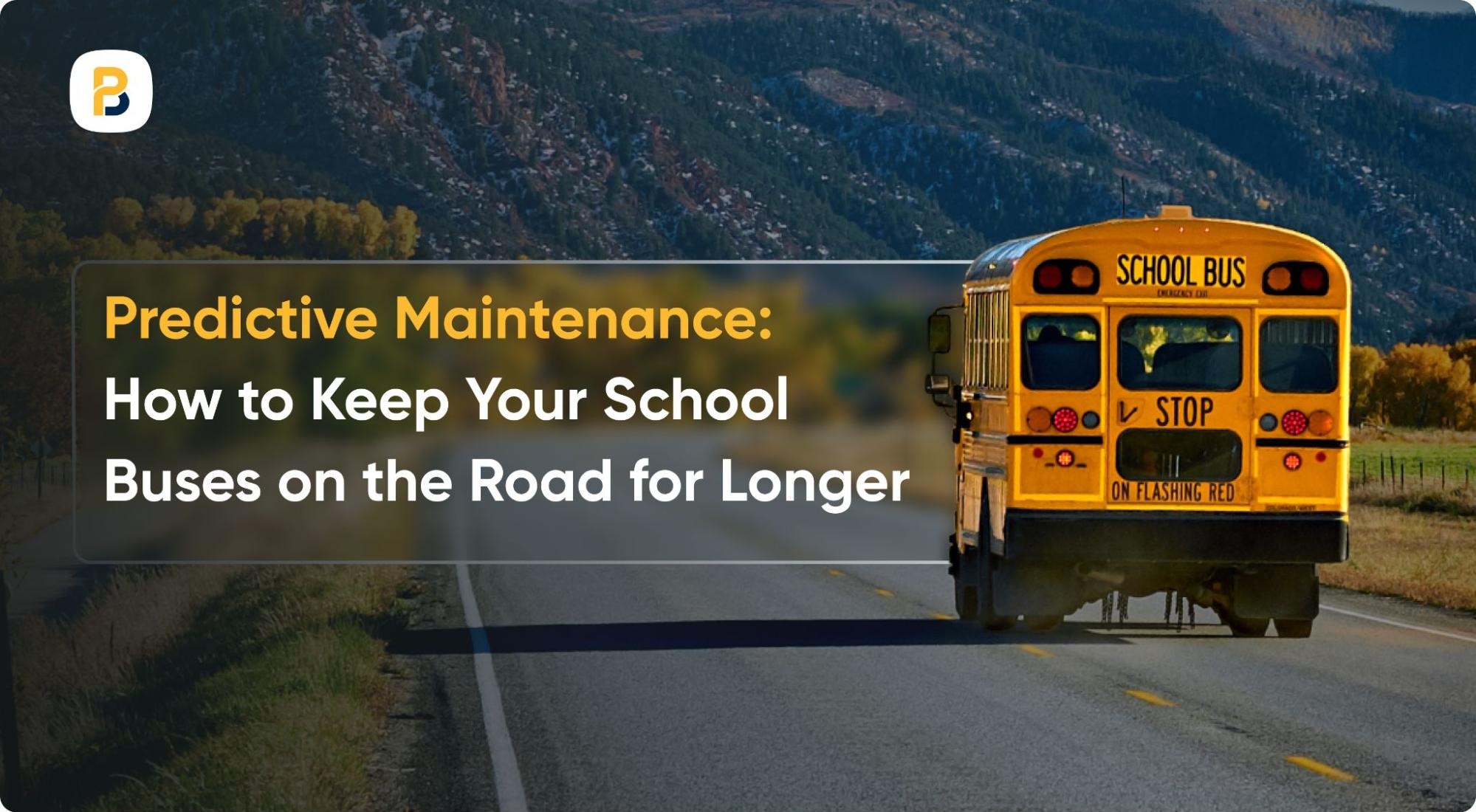Traffic congestion around schools remains a major headache for students, parents, and related stakeholders. Not only does congestion cause delays but also result in stress and contributes to air pollution.
The right tools, supported by a student transportation platform, can help alleviate these issues. Here we’ll look at the reasons for traffic congestion and ways we can address them.
What’s The Reason Traffic Congestion Around Schools?
Traffic congestion has haunted drivers all over the world. There are several reasons that contribute to the menace, with traffic congestion around schools taking the spotlight:
- Car Drop-Offs: In 2022, 53% of U.S. students were either dropped off in cars or drove themselves. The percentage has increased annually, and it has increased the number of cars around schools leading to congestion.
- Lacking Infrastructure: Many districts do not have the infrastructure to deal with massive jams. They may lack proper signage, crosswalks, and drop off zones.
- Shortage of Alternative Transportation: School buses may not service many areas, forcing students to take car rides to school. Absence of safe walking and biking paths may exacerbate the problem.
What Can Fix Traffic Congestion Around Schools?
It’s not easy to address the issue as many variables are involved. However, schools and districts can employ certain tactics to address the problem.
Streamlining Operations
Innocations in student transportation software can be revolutionary in avoiding traffic congestions and scheduling runs effectively.
- GPS Tracking: Real-time bus tracking with school bus GPS software ensures timely pickup and drop-offs with room for adjustments to avoid traffic congestion to improve efficiency.
- Predictive Analytics: School bus routing software can also anticipate traffic congestion and adjust routes to reduce traveling time. Additionally, the redistricting module for school buses can keep yellow buses on track and save resources.
- Fewer Buses: Technology makes life easier, while boosting operational efficiency. Software can effectively allow for reducing the number of buses on the road, while maintaining student ridership.

Better Communication
While it may not be obvious how communication can reduce traffic, it’s quite intuitive.
- Visibility and Transparency: Knowing the correct bus schedule and routes is extremely important to make informed decisions. A student transportation information portal can provide all that, and much more, to ensure parents choose the yellow bus over private cars to get their children to school.
- Keeping Parents Updated: The Chipmunk App allows communication and keeps students and parents, the most important stakeholders, updated to reduce stress. This facilitates communication with parents.
- Route Optimization: Analyze traffic patterns using school bus routing software to minimize time spent on the road. Efficiently planned bus routes can reduce congestion while improving punctuality.
Final Thoughts
The number of cars on the road has a direct impact on the number of road accidents. Reducing that number and relieving congestion around schools is best for all stakeholders.
There is no one way to address traffic congestion around schools, as a multifaceted approach needs to be adopted. Get in touch with us to learn about our all-in-one student transportation platform that can help you build systems to reduce traffic congestion.







